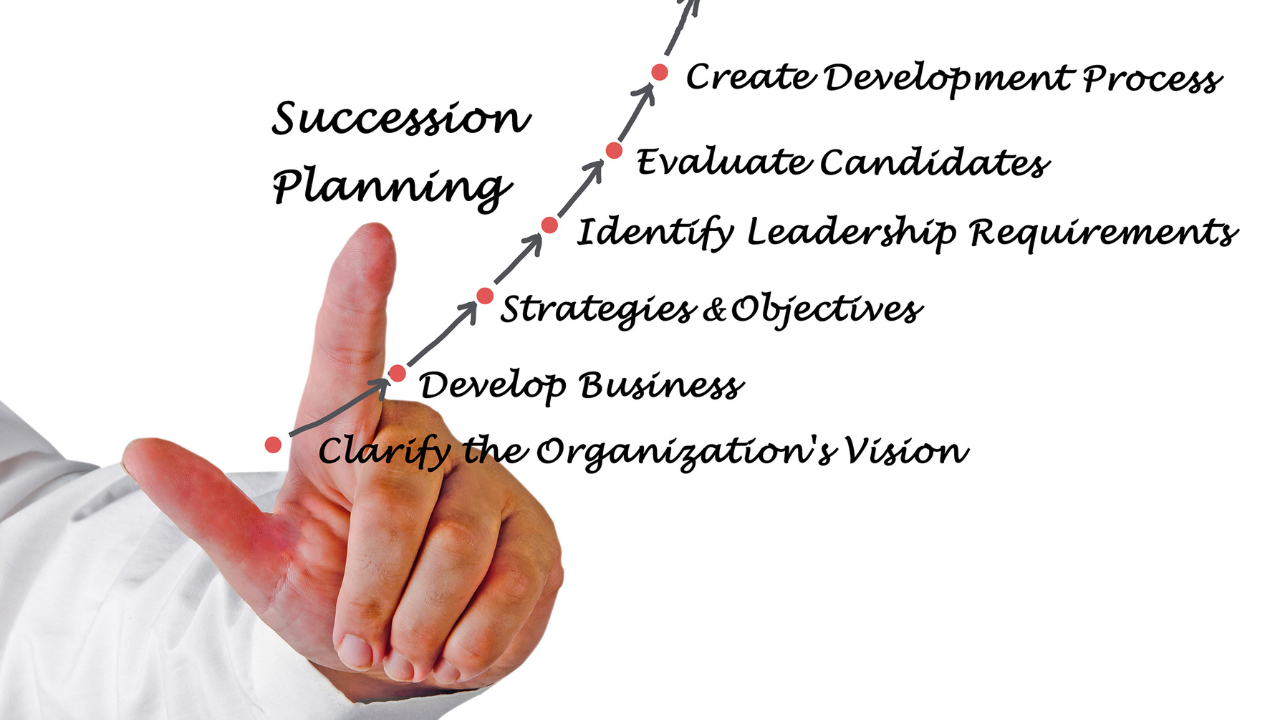Succession Planning — The Pros and Cons

Originally published here
Sounds good, but can you implement it properly?
Succession planning is a process whereby an organization plans for the continuity of its leadership, management, and key personnel. There are many reasons why an organization might embark on succession planning. Still, the ultimate goal is always to ensure that the organization can continue to function effectively in the event of any unforeseen disruptions.
However, succession planning can also have adverse effects if not implemented properly. In particular, if there is insufficient trust between the organization and its employees, succession planning can be seen as the organization’s plan for replacing employees. This can lead to feelings of insecurity and anxiety among employees, which can, in turn, negatively affect their job performance.
The Pros
HR practitioners and academics have typically shed a positive light on succession planning. These are the common reasons for implementing effective succession planning in an organization.
1. Help ensure that the organization has a talent pipeline to fill future leadership roles
Succession planning is a process by which organizations identify and develop internal talent to fill future leadership roles. By identifying high-potential employees and investing in their development, succession planning helps ensure organization continuity and prepare for future leadership needs. Succession planning can also help to identify potential succession risks, such as a critical loss of key personnel, and develop strategies to mitigate those risks. As the workforce continues to evolve, succession planning will become an increasingly important tool for organizations to ensure they have the talent they need to meet future challenges.
2. Provide employees with clarity about their career paths within the organization
By providing employees with clarity about their career paths within the organization, succession planning can help to retain top talent and ensure that there are always qualified individuals ready to step into leadership roles.
3. Encourage employees to stay with the organization for the long term
Effective succession planning can encourage employees to stay with the organization long-term. After all, knowing that there is a path to advancement can make employees feel more secure in their positions and more committed to their employer. For these reasons, succession planning is an essential tool for any organization that wants to retain its top talent.
4. Enhance the organizational culture by valuing employee development and growth
Succession planning ensures that the organization will have a pipeline of talent ready to take on senior roles and sends a powerful message to employees that their development is valued. Furthermore, succession planning can help to build a mentorship culture within the organization, as mentors play a crucial role in developing succession plan participants.
The Cons
While succession planning can offer many benefits, it can also have some negative effects if not implemented properly.
1. Requires significant investment of time and resources.
One of the most significant disadvantages of succession planning is that it requires a considerable investment of time and resources. Organizations need to identify potential leaders, provide them with training and development opportunities, and create systems for tracking their progress over time. This can be costly and time-consuming, especially for smaller organizations with limited budgets and resources.
2. Can lead to negative feelings among employees not selected for development opportunities.
Another downside to succession planning is that it can lead to negative feelings among employees who are not selected for development opportunities such as training or mentorship programs. These employees may feel like the organization does not value them or that their career prospects are limited, which can result in disengagement and turnover.
3. Can create a sense of entitlement among those who are selected for development opportunities
Succession planning can also create a sense of entitlement among those who are selected for development opportunities such as training or mentorship programs. These employees may feel like they deserve special treatment or privileges, which can lead to conflict with other employees. Additionally, if succession plan participants do not receive adequate guidance or support, they may struggle to meet expectations, damaging their reputation.
4. Be seen as a replacement plan for existing employees rather than a way to develop talent from within
When succession planning is not done properly, it can lead to mistrust and resentment among employees, as they feel like they are being managed in a way that favors new blood over experience. Succession planning should be about developing talent from within the company so that employees feel valued and supported in their roles. When done correctly, succession planning can be an excellent way to build a strong, cohesive team that can weather changes and challenges over time. However, when done poorly, it can create mistrust and resentment among employees, damaging the company in the long run.
5. Cause tension and conflict between employees who are vying for the same leadership role
Internal competition can lead to mistrust and low morale, as employees feel that they are not being given a fair chance to compete for the position. In addition, succession planning can be frustrating for employees who have been passed over for the role. If they feel they are more qualified than the chosen person, they may become resentful and discouraged. As a result, it is important to carefully consider all potential candidates before making a decision. Otherwise, you may end up causing more harm than good.
6. Create a sense of entitlement among those employees who are being groomed for leadership positions
This sense of entitlement can lead to internal competition and mistrust, which can damage morale and productivity. In worst-case scenarios, succession planning can even create an exodus of top talent. To avoid these pitfalls, businesses must manage succession planning carefully and ensure that all employees feel like they have a fair chance at becoming leaders.
Succession planning is a process whereby an organization plans for the continuity of its leadership, management, and key personnel. There are many reasons why an organization might embark on succession planning. Still, the ultimate goal is always to ensure that the organization can continue to function effectively in the event of any unforeseen disruptions. However, succession planning can also have negative effects if not implemented properly. Therefore, it is important to weigh both the pros and cons of succession planning before deciding whether or not it is suitable for your organization.



Comments ()